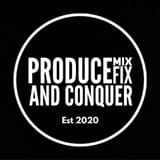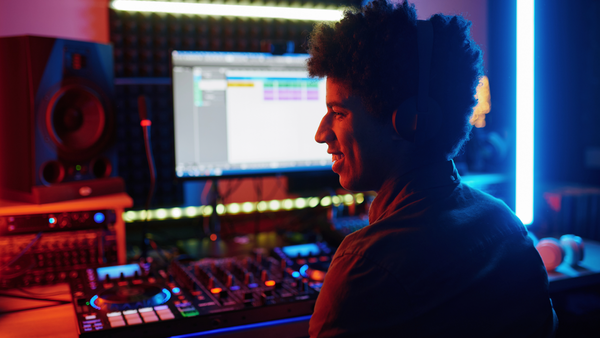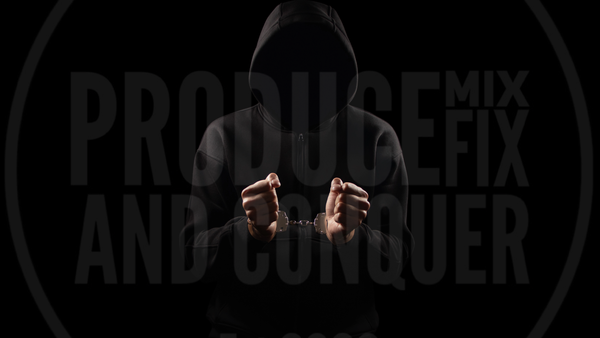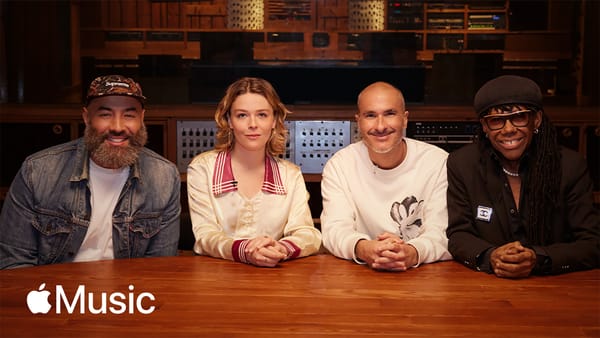I Think, Then I Record - By Gonzalo Ramos
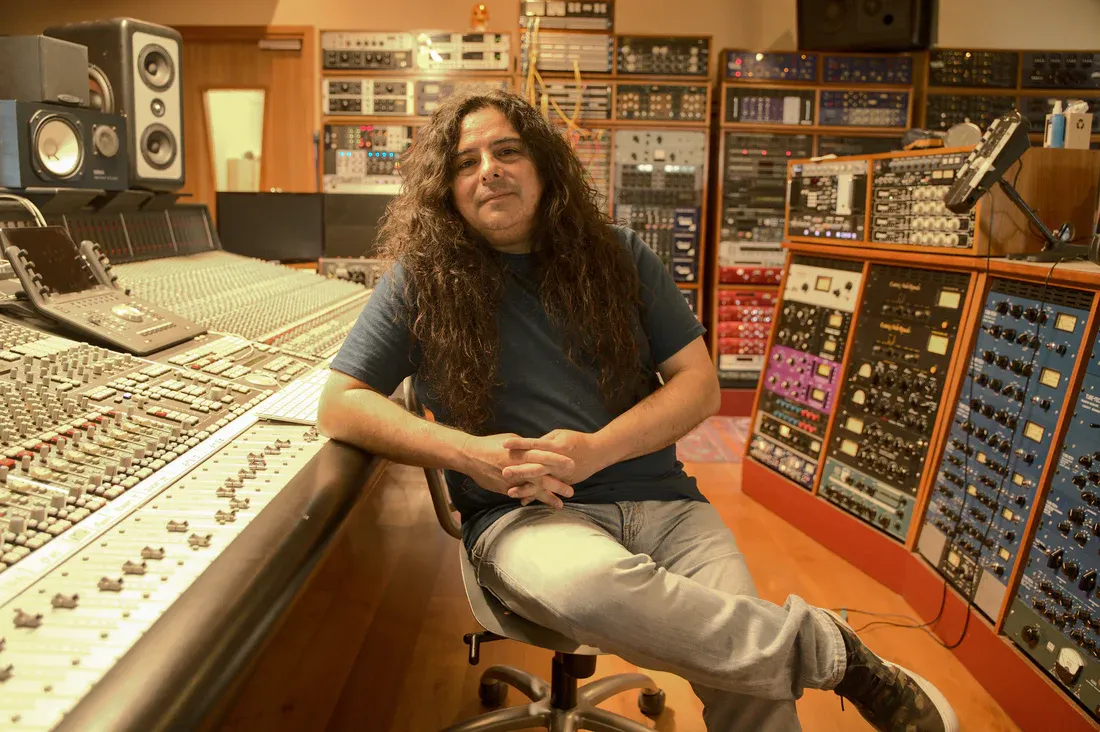
One of the most common mistakes made in a recording session is miking the instruments without having listened to them beforehand, which causes a mixing session to turn into a repair session.

(Photo by The Blackbird Academy)
I do not intend to tell anyone how to do their job. I am only going to present what I consider the correct and most efficient way to approach a recording session, just as legendary producers and engineers have done throughout history.
First step: Appropriate choice of instruments. Depending on the sound concept of the piece to be recorded, a correct and precise choice of instruments must be made. That is, not any drum set works in all styles. Nor any bass or guitar. Perhaps the most common mistake by some musicians inexperienced in recording sessions is the insistence on always using their instruments, based on arguments such as "it's expensive, so it's going to sound good".

(Photo by The Blackbird Academy)
This can become so serious that one might even go to the extreme of deciding to replace all those tracks with ones made by a session musician, with the appropriate instrument. Most recording studios have a wide range of alternatives. Various models of drums, guitars, basses, amplifiers, etc.
Ideally, decisions about instrument selection should have been made in the pre-production period, but you can arrive at the studio with a close idea and try various alternatives. Rental is also a widely used option.

(Photo por The Blackbird Academy)
Second step: Position of the instruments within the recording room. Just like the previous step, considering the sound concept of the piece to be recorded, we must find the best position for the instrument. Look for and find the location where its acoustic relationship with the room is best. A Punk theme requires short reverberation times. A romantic ballad, long ones.

(Photo by The Blackbird Academy)
For example, I personally ask the drummer to move around the room hitting the chosen snare drum. There will be places where it definitely won't sound like what we're looking for and others where it will. Once we've found that position, we can improve the acoustic signal with the use of absorptive and/or reflective panels.
The same applies to the rest of the instruments including vocalists, whether they are soloists or in a group of voices.

Third step: Elimination of unwanted noises. Once we have positioned the instruments, the third stage comes. Here we will focus on making the instrument sound in search of perfection. Tune the drums very well, correct harmonic problems, unwanted noises like those from the saddle or pedal,... Once again, this applies to all instruments.
You will greatly appreciate this process in the mixing session.
Take the time to carry out these three steps efficiently and using your ears and those of the producer as the most reliable tools. Once the previous three steps are completed, we will be in a position to mic up.
"This procedure will allow us to make all the instruments sound (acoustically) as good as possible, which will be noticeably reflected in their recording. This will make us face the mixing sessions with the work quite advanced and without hindering the creative process with the hateful 'arrangements' due to bad recordings. Recording is an art. And if you do it well, clients will multiply quickly."

